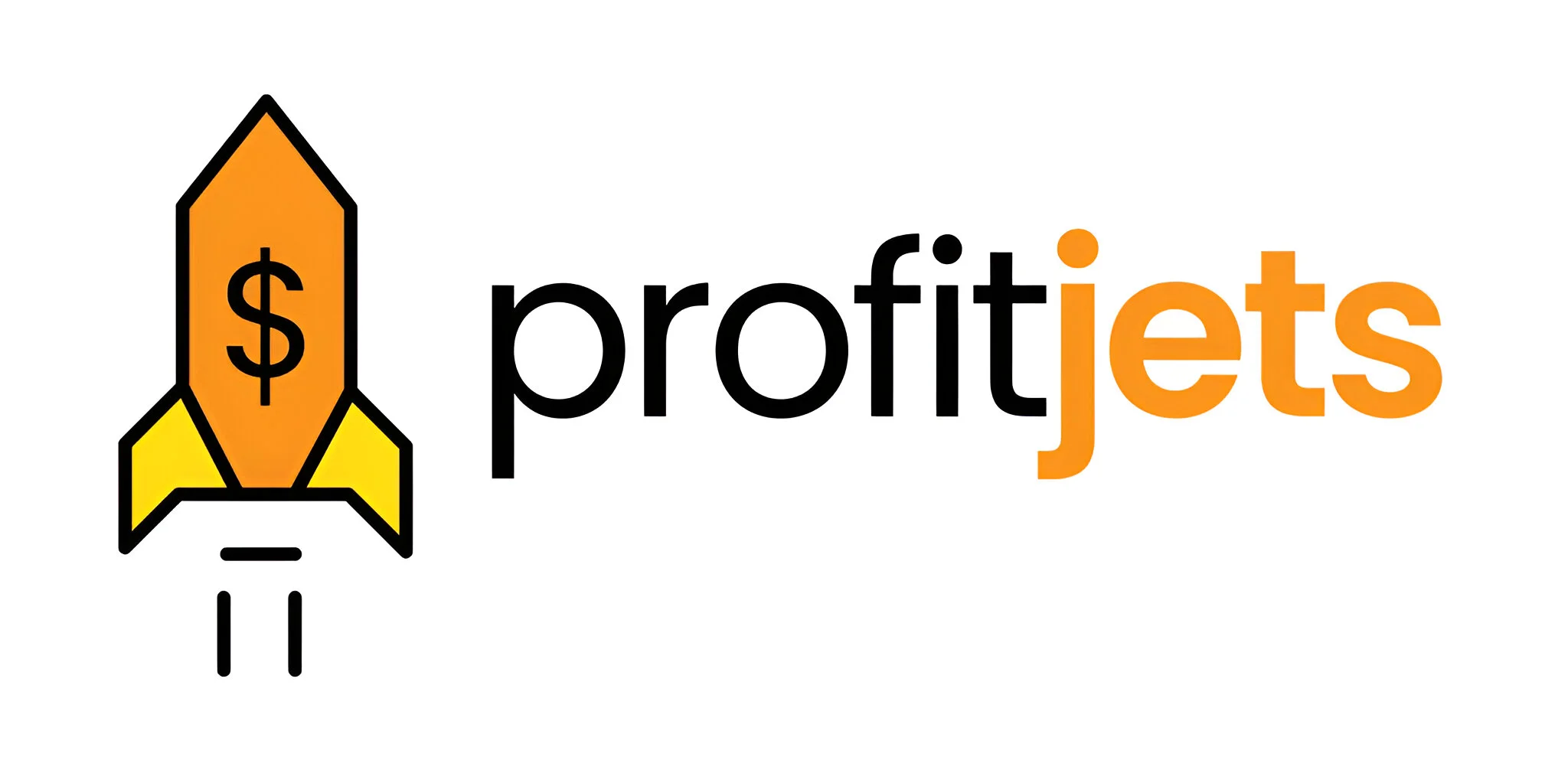If you’re a business owner, freelancer, startup founder, or working closely with your accounting team, understanding basic accounting terms isn’t just helpful—it’s essential. Whether you’re reviewing financial reports, preparing for tax season, or evaluating the performance of your company, fluency in accounting language allows you to make smarter, data-driven decisions.
In this guide, we define 15 of the most commonly used accounting terms that every small business owner in the USA should understand. These terms apply whether you’re using outsourced bookkeeping services, working with an in-house team, or relying on software tools.
1. Accountant
An accountant is a trained professional responsible for recording, analyzing, and reporting financial transactions. A Certified Public Accountant (CPA) holds a license and adheres to specific industry standards. Accountants also help ensure tax compliance, conduct audits, and maintain accurate books for businesses of all sizes.
2. Accountant’s Report
This is a document prepared by an accountant that could include compiled financial statements, reviews, or attestation reports. Unlike an audit, it doesn’t offer a full opinion but provides a level of assurance useful for internal or external stakeholders.
3. Accounts Payable (AP)
Accounts payable refer to the outstanding bills or financial obligations a business owes to vendors or suppliers. It is recorded as a liability on the balance sheet and directly impacts your cash flow.
4. Accounting Period
An accounting period is the span of time during which financial activities are reported, such as monthly, quarterly, or annually. This period helps businesses analyze financial performance and file taxes on time.
5. Accounts Receivable (AR)
Money that is owed to a business by its clients or customers for services rendered or products delivered is called accounts receivable. This is recorded as an asset on the balance sheet and represents expected incoming cash.

6. Accrual
Accruals represent revenues earned or expenses incurred that have not yet been paid or received. They are essential in accrual-based accounting and ensure financial statements reflect true financial performance.
7. Accrued Expenses
Accrued expenses are expenses that have been incurred but not yet paid. Examples include unpaid salaries or utility bills. Recording accrued expenses helps give a more accurate picture of liabilities.
8. Balance Sheet
A financial statement that provides a snapshot of a company’s assets, liabilities, and equity at a specific point in time. The standard equation is:
Assets = Liabilities + Equity
9. Capital
Capital refers to financial assets or resources that a business can use to fund its operations or invest in growth. Working capital—current assets minus current liabilities—indicates short-term financial health.
10. Cash Basis Accounting
A simplified accounting method where income is recorded when received, and expenses when paid. Cash basis accounting method is suitable for small businesses that don’t carry inventory.
11. Cash Flow
This is the movement of money in and out of a business. A positive cash flow means a company is bringing in more money than it is spending. It’s a crucial indicator of financial stability.
12. Cost of Goods Sold (COGS)
COGS is the direct cost associated with producing goods or services sold by a company. It includes labor, materials, and manufacturing costs and is essential in calculating gross profit.
Gross Profit = Revenue – COGS
13. Diversification
A risk management strategy that involves spreading investments or business activities across various areas to reduce potential losses. It’s relevant in both financial planning and business development.
14. Dividends
A portion of the company’s profits is distributed to shareholders, often paid in cash or stock. They are a way to return value to investors and may affect the business’s retained earnings.
15. Double-Entry Bookkeeping
Double-entry bookkeeping is a fundamental accounting system where every transaction is recorded in two accounts: one debit and one credit. This method ensures the accounting equation stays balanced and provides an accurate financial overview.
Bonus Section: Terms Worth Knowing in 2025
If you’re scaling a startup or managing freelance income, here are a few more 2025-relevant terms to explore:
- EBITDA – A measure of operating performance
- Burn Rate – How quickly a startup is spending its cash
- Invoice Capture – Digitization of invoice data
- ACH Payments – A digital payment method for recurring transactions

Final Thoughts
Familiarity with these accounting terms helps you navigate financial discussions confidently, read reports with clarity, and manage your business more efficiently. Whether you’re working with an outsourced accounting firm or managing your own books, knowing these terms will keep you ahead of the curve in 2025.
Frequently Asked Questions
1. What is the difference between accounts payable and accounts receivable?
Accounts payable is what you owe to others; accounts receivable is what others owe you.
2. Is cash basis or accrual basis better for my business?
It depends on your size and needs. Cash basis is simpler; accrual offers better financial accuracy.
3. How often should I update my balance sheet?
Ideally, monthly or quarterly. This helps you track financial health and prepare for tax filings.
4. What’s the importance of double-entry bookkeeping?
It ensures your books are balanced, accurate, and ready for audits or financial reviews.
5. Should I use accounting software or hire an outsourced bookkeeping service?
Small businesses often benefit from outsourced bookkeeping services for accuracy, compliance, and time savings.










